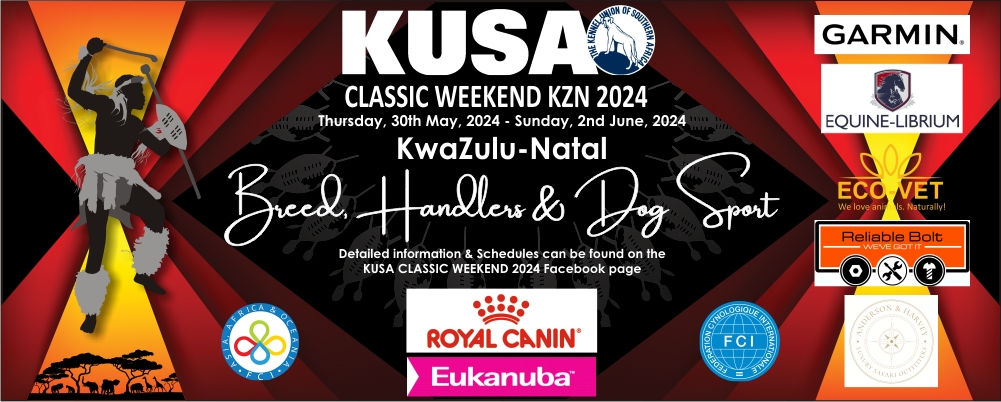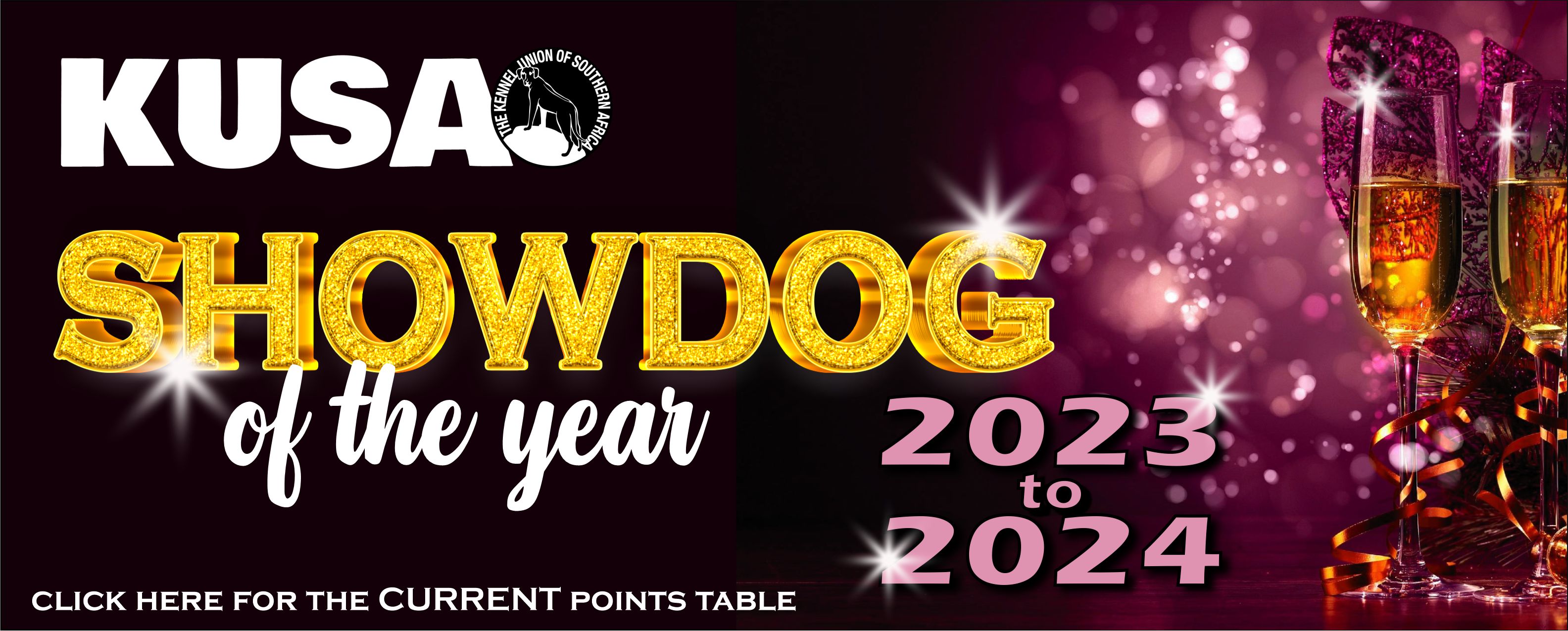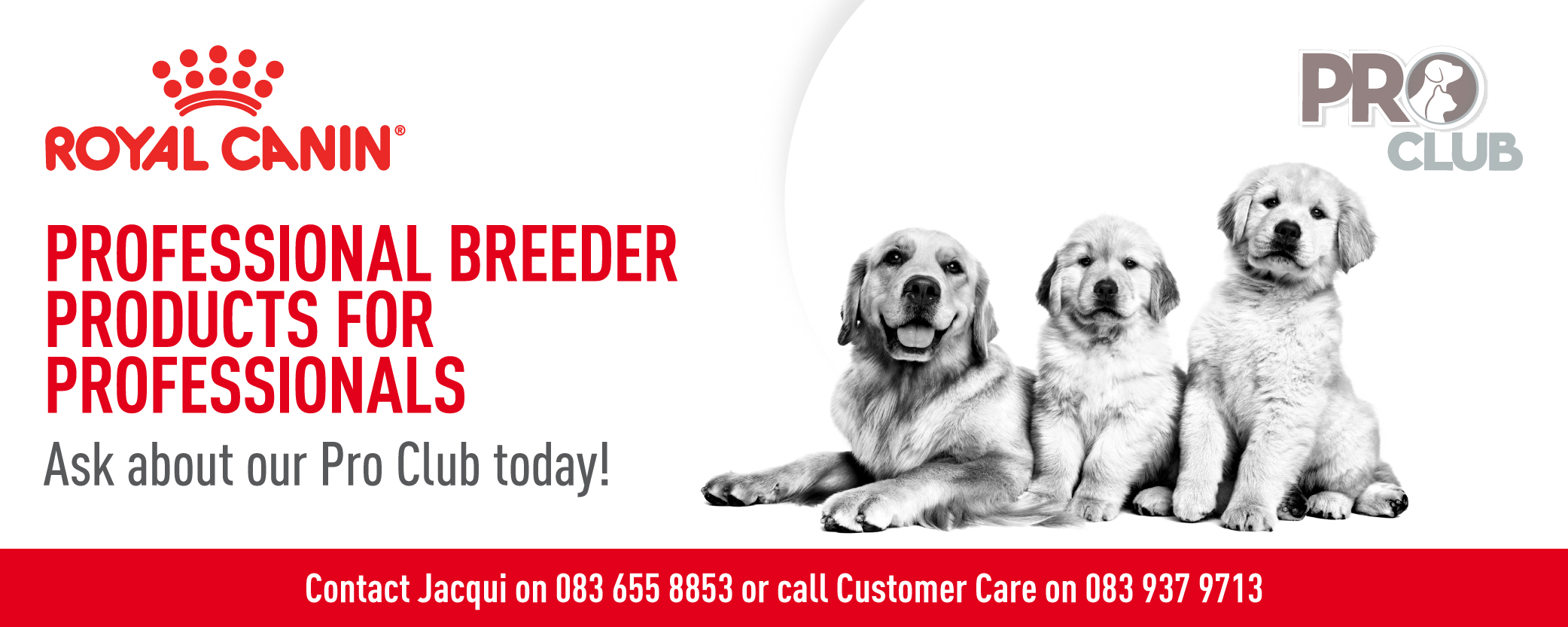Mastiff

A Breed Standard is the guideline which describes the ideal characteristics, temperament and appearance of a breed and ensures that the breed is fit for function with soundness essential. Breeders and judges should at all times be mindful of features which could be detrimental in any way to the health, welfare or soundness of this breed.
GENERAL APPEARANCE
Head, in general outline, giving a square appearance when viewed from any point. Breadth desired in ratio to length of whole head and face as 2 : 3. Body massive, broad, deep, long, powerfully built, on legs wide apart and squarely set. Muscles sharply defined. Size Height and substance important if both points are proportionately combined.
CHARACTERISTICS
Large, powerful, well knit frame. A combination of grandeur and courage.
TEMPERAMENT
Calm, affectionate to owners but capable of guarding. Usually indifferent with strangers timidity is unacceptable.
HEAD AND SKULL
Skull broad between ears, forehead flat, but wrinkled when attention is excited. Brows (superciliary ridges) slightly raised. Muscles of temples and cheeks (temporal and masseter) well developed. Arch across skull of a flattened curve, with depression up centre of forehead from median line between eyes, to halfway up sagittal sature. Muzzle short, broad under eyes, and keeping nearly parallel in width to end of nose; truncated i.e. blunt and cut off squarely, thus forming a right angle with upper line of face, of great depth from point of nose to under-jaw. Under-jaw broad to end. Nose broad, with widely spreading nostrils when viewed from front, flat (not pointed or turned up) in profile. Lips diverging at obtuse angles with septum, and slightly pendulous so as to show a square profile. Length of muzzle to whole head and face as 1 : 3. Circumference of muzzle (measured mid-way between eyes and nose) to that of head (measured before the ears) as 3 : 5. Whilst in repose any exaggeration of wrinkle or excess of loose skin is unacceptable in mature adults.
EYES
Moderate size, wide apart. Stop between eyes well marked but not too abrupt. Colour hazel brown, darker the better, showing no haw. Loose eyelids highly undesirable. Free from obvious eye problems.
EARS
Small, thin to touch, wide apart, set on at highest points of sides of skull, so as to continue outline across summit, and lying flat and close to cheeks when in repose.
MOUTH
Canine teeth healthy; powerful and wide apart; incisors level, or lower projecting beyond upper but never so much as to become visible when mouth is closed.
NECK
Slightly arched, moderately long, very muscular, and measuring in circumference about 2.5-5 cms (1-2 ins) less than skull before ears.
FOREQUARTERS
Shoulder and arm slightly sloping, heavy and muscular. Legs straight, strong and set wide apart; bones being large. Elbows square. Pasterns upright. Balanced and in harmony with hindquarters.
BODY
Chest wide, deep and well let down between the forelegs. Ribs arched and well rounded. False ribs deep and well set back to hips. Back and loins wide and muscular; flat and very wide in bitch, slightly arched in dog. Great depth of flanks. Topline level and maintained whilst on the move. Length of body taken from point of shoulder to point of buttocks greater than height at withers.
HINDQUARTERS
Broad, wide and muscular, with well developed second thighs, hocks bent, wide apart, and quite squarely set when standing or walking. Strength in hindquarters is of paramount importance; cow hocks in mature adults unacceptable.
FEET
Large round and tight. Toes well arched. Nails black.
TAIL
Set on high, and reaching to hocks, or a little below them, wide at its root and taping to end, hanging straight in repose, but forming a curve with end pointing upwards, but not over back, when dog is excited.
GAIT/MOVEMENT
Powerful, easy extension driven from the rear, fluent, sound, with ground-covering strides. Tendency to pace is undesirable. Absolute soundness essential.
COAT
Short and close-lying, but coarser over neck and shoulders.
COLOUR
Apricot-fawn, or brindle. In any case, muzzle, ears and nose should be black with black around eye rims and extending upwards between them. Excessive white on body, chest or feet is unacceptable.
FAULTS
Any departure from the foregoing points should be considered a fault and the seriousness with which the fault should be regarded should be in exact proportion to its degree and its effect on health and welfare of the dog and on the dog’s ability to perform its traditional work.
NOTE
Male animals should have two apparently normal testicles fully descended into the scrotum.






_Page_1.jpg)
_Page_2.jpg)
